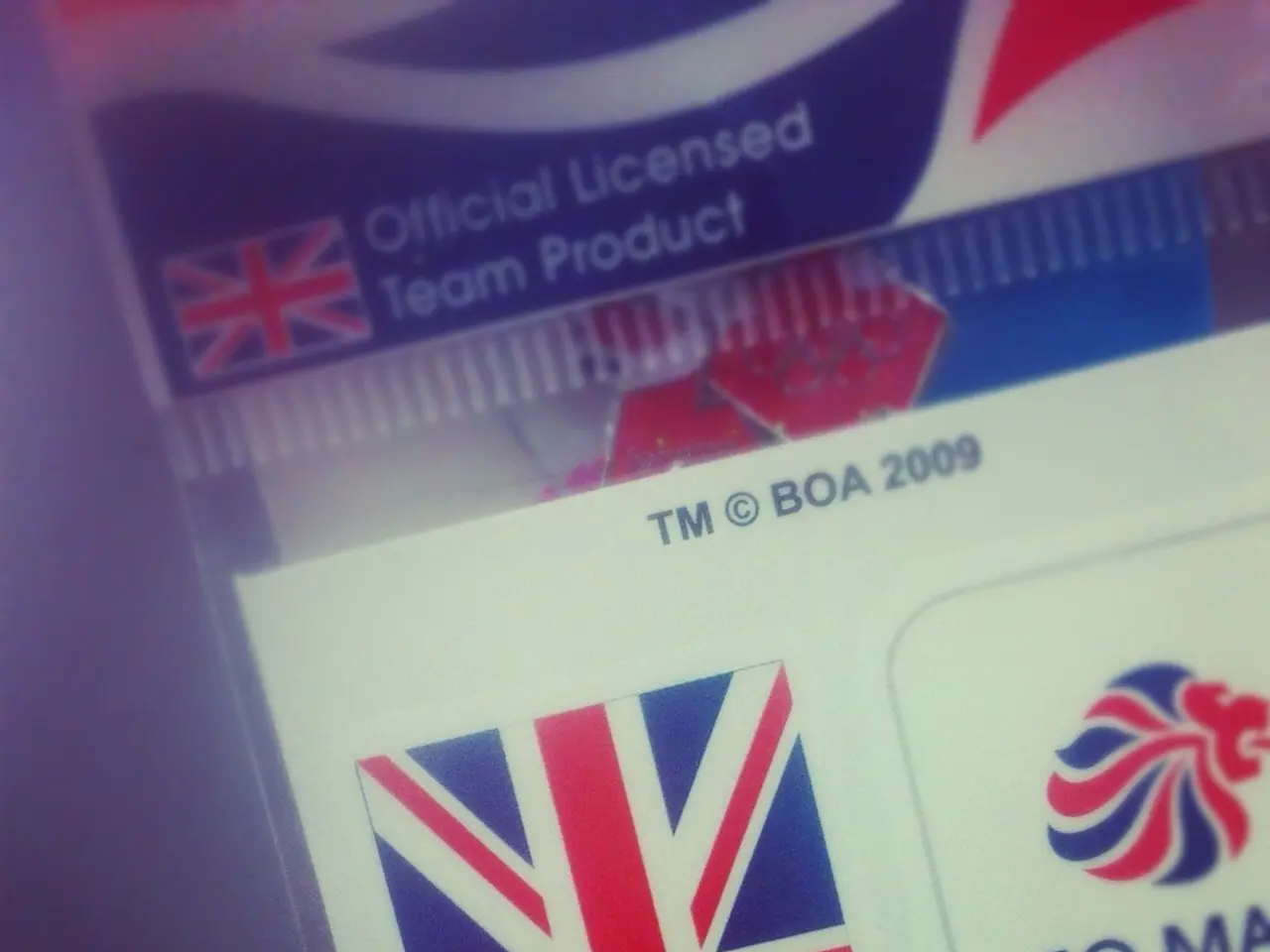Economic Slowdown in Thailand's Second Half Accelerated by Escalating Threats
Thailand's economic growth prospects for the second half of 2025 are facing challenges due to a combination of external and regional factors, according to the Bank of Thailand (BOT) and other agencies.
The escalation of risks such as potential US import tariffs, Thai-Cambodian border tensions, and weaker-than-expected tourist confidence have contributed to a moderated and uncertain growth outlook. These factors collectively are hindering a robust GDP expansion, with forecasts generally pointing to slower growth around 1.8-2.3% for 2025.
Specifically, the BOT and other agencies forecast a cautious GDP growth of about 2.3% in 2025, noting that the assumption of Trump's import tariffs at roughly 18-19% poses significant risks to export-oriented sectors and hence to the overall economic performance. Despite a strong start to 2025, these tariffs increase export costs and reduce competitiveness, impacting key industries like processed foods, electronics, automotive parts, and textiles that rely on the US market.
The border clashes between Thailand and Cambodia, while not immediately impacting tourism significantly, have shaken economic confidence and disrupted trade flows, notably increasing freight costs and reducing consumption sentiment in border provinces. This conflict threatens to exacerbate uncertainty in trade and investment, but current analyses suggest limited direct effects on tourism so far.
Additionally, tourist confidence and recovery are lagging behind early expectations amid these geopolitical and global trade uncertainties. The World Bank projects Thailand’s GDP growth to decelerate to about 1.8% in 2025, partly due to weakening exports, slowing consumption, and sluggish tourism rebound. However, they note that improved investment sentiment and digital transformation could help raise growth to around 2.2% if effectively harnessed.
In response to these challenges, the BOT has warned of a potential prolonged stagnation in Thailand's economy for the second half of the year. The central bank's current view is that the economy will undergo a gradual slowdown, characterized more by a prolonged slump than a sharp, precipitous collapse. Interest rate considerations will hinge on the continuously evolving risk assessment, and supplementary government measures may be required in conjunction with interest rate decisions.
The Monetary Policy Committee (MPC) will meet again in August to discuss monetary policy. Core inflation remained broadly similar to the prior month, with the labour market remaining stable, though an increase in overall unemployment benefit claims warrants close monitoring. The BOT is scheduled to reassess its outlook for the Thai economy in October.
In a separate development, Naphongthawat Phothikit, Senior Director of the Payment Systems Policy and Financial Technology Department at the BOT, commented on a sandbox project by the Securities and Exchange Commission (SEC) that aims to facilitate foreign tourists in exchanging digital assets for Thai baht. However, the BOT remains focused on risk management, particularly regarding Know Your Customer (KYC) procedures.
Despite these challenges, Thailand's GDP expanded by 3.1% in the first quarter, with the second quarter anticipated to show similar growth around 3%. The central bank's current interest rate is deemed sufficiently robust to accommodate existing risks.
In conclusion, Thailand’s economic growth prospects for the second half of 2025 are tempered by significant external and regional risks. The interplay of US tariffs, border tensions, and subdued tourism recovery introduces heightened uncertainty, necessitating close monitoring and adaptive economic policies to sustain growth momentum.
[1] Bank of Thailand (2025). Warning of potential prolonged stagnation in Thailand’s economy for the second half of the year. [Online] Available at: https://www.bot.or.th/en/news-and-publications/press-releases/2025/pr-2025-05-06-en.html
[2] World Bank (2025). Thailand Economic Update, June 2025: Navigating Uncertainty. [Online] Available at: https://www.worldbank.org/en/country/thailand/publication/thailand-economic-update-june-2025-navigating-uncertainty
[3] The Nation (2025). BOT warns of prolonged stagnation in Thailand’s economy. [Online] Available at: https://www.nationthailand.com/business/30412498
[4] Reuters (2025). Thailand's economy faces risks from U.S. tariffs, Thai-Cambodian border tensions, and weaker-than-expected tourist confidence. [Online] Available at: https://www.reuters.com/article/us-thailand-economy-idUSKCN223238
- The Bank of Thailand (BOT) and other agencies warn of a potential prolonged stagnation in Thailand's economy for the second half of 2025, citing external and regional factors such as potential US import tariffs, Thai-Cambodian border tensions, and weaker-than-expected tourist confidence.
- The escalation of risks like potential US import tariffs, Thai-Cambodian border tensions, and subdued tourism recovery could hinder a robust GDP expansion, with forecasts suggesting slower growth of around 1.8-2.3% for 2025.
- The Monetary Policy Committee (MPC) of the Bank of Thailand is scheduled to reassess the outlook for the Thai economy in October, considering the interplay of US tariffs, border tensions, and subdued tourism recovery, and the potential risks they pose to the economy.
- In a separate development, the Bank of Thailand is focusing on risk management related to a sandbox project by the Securities and Exchange Commission (SEC) that aims to facilitate foreign tourists in exchanging digital assets for Thai baht, while maintaining a cautious approach to ensure Know Your Customer (KYC) procedures.




